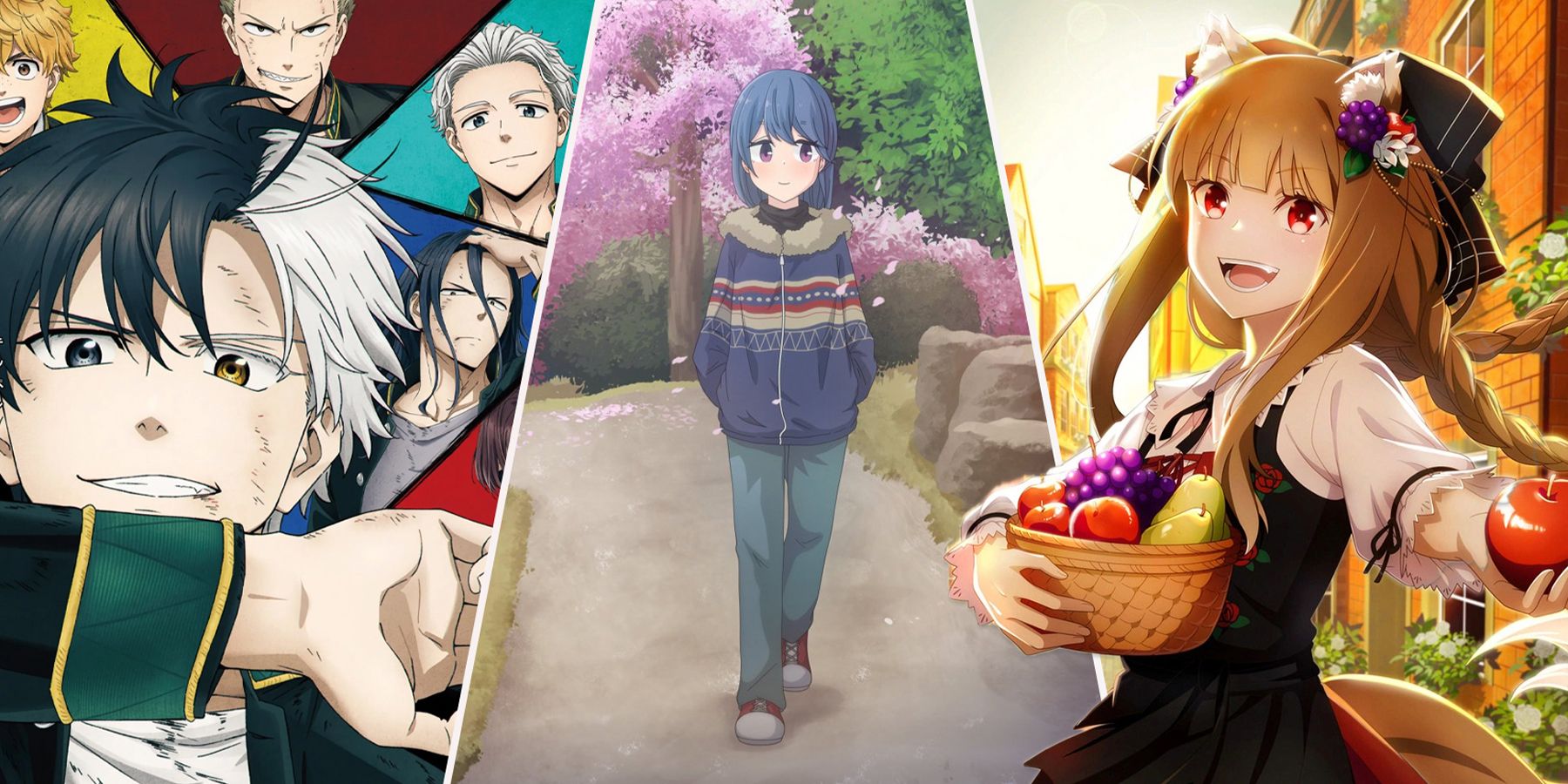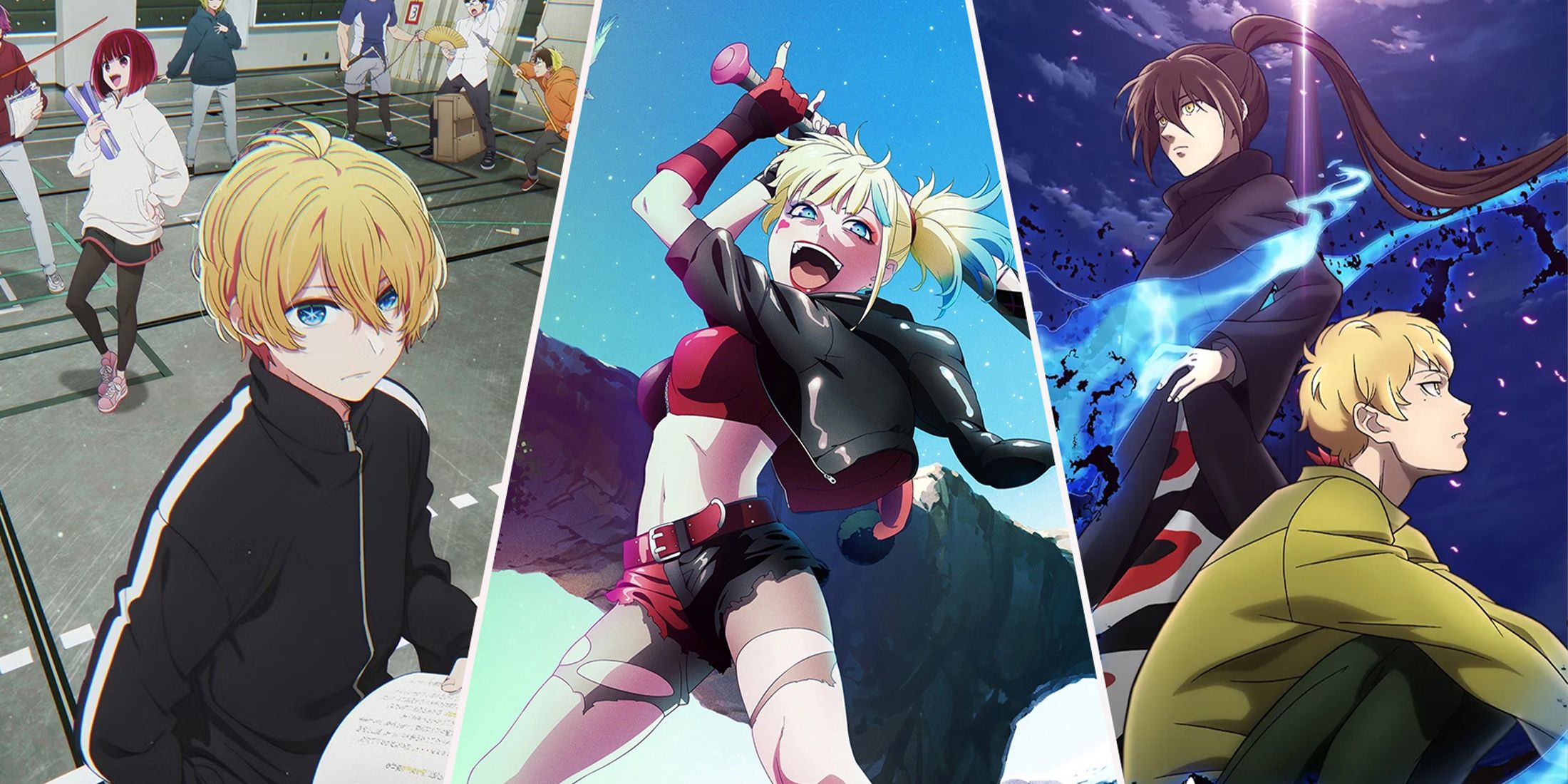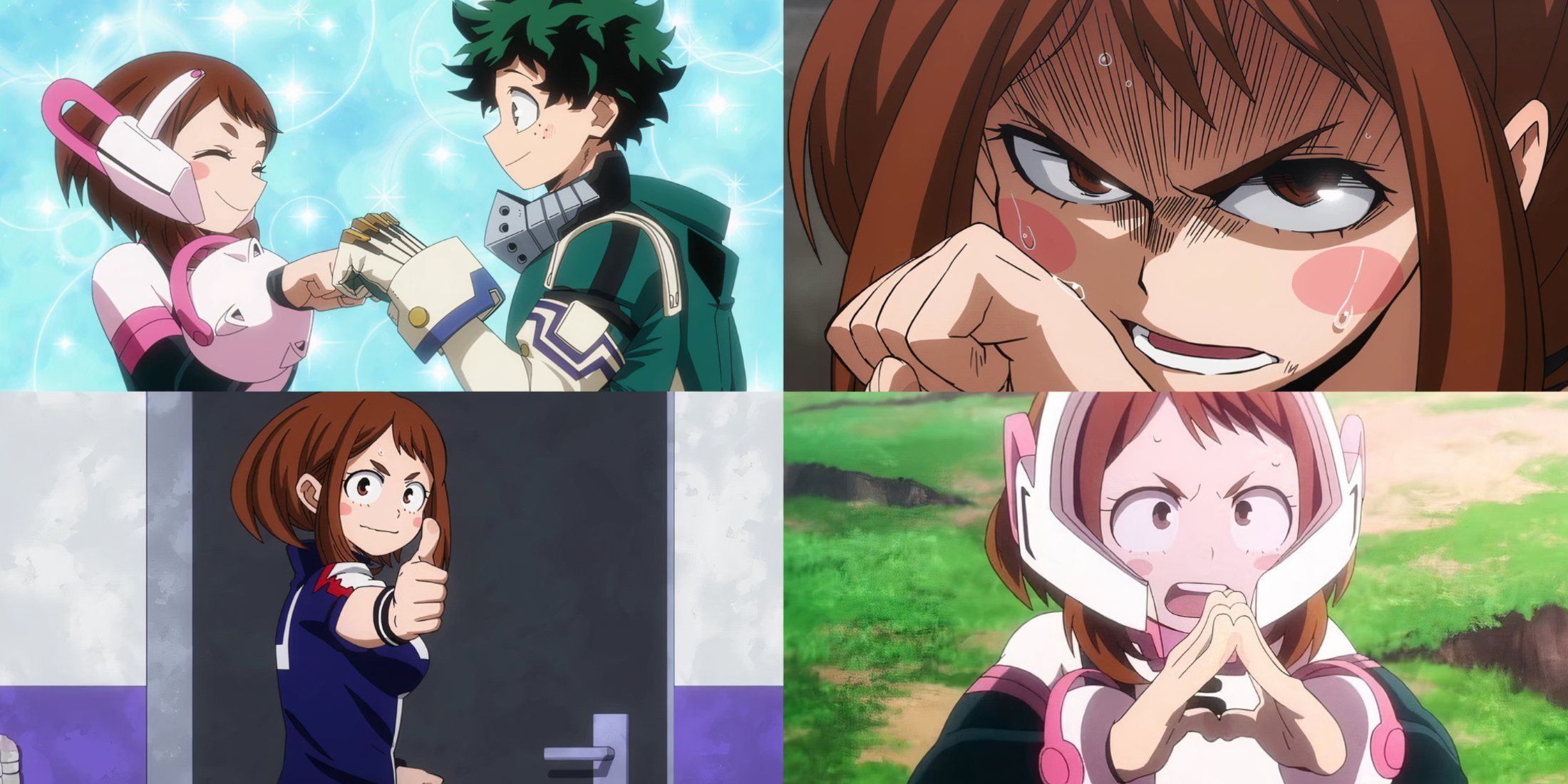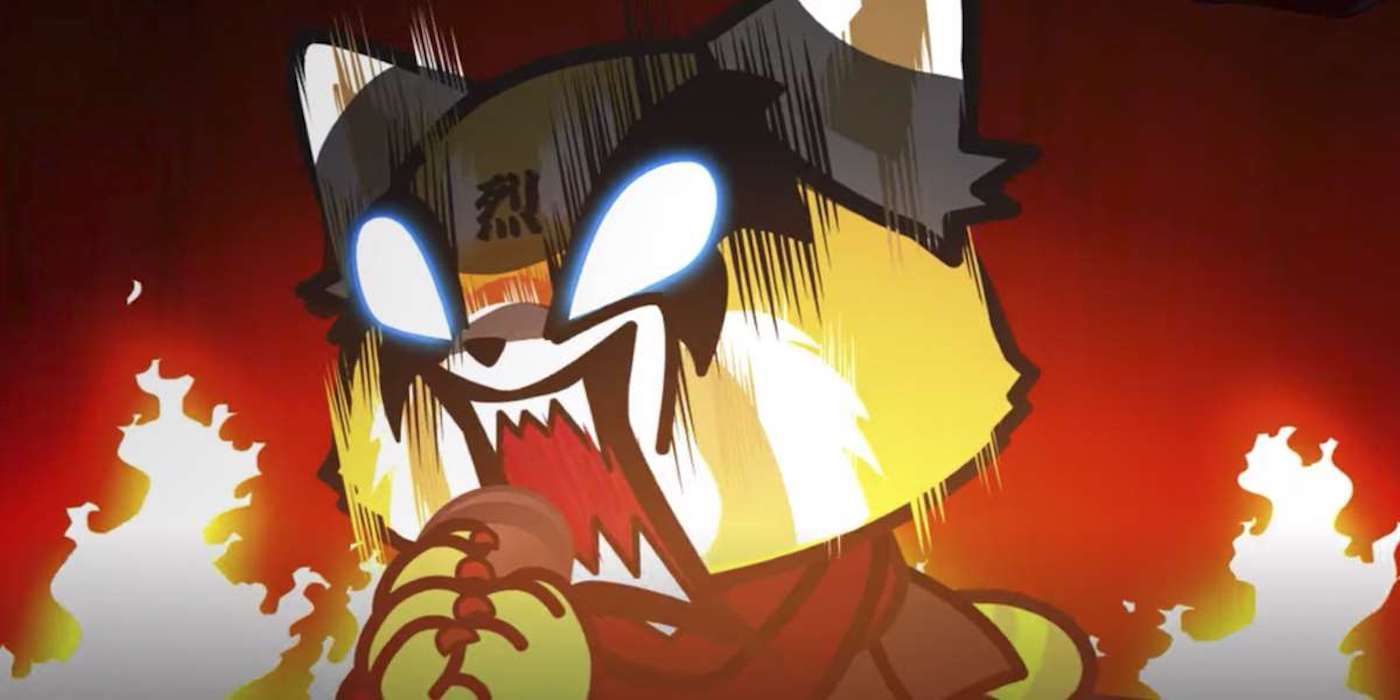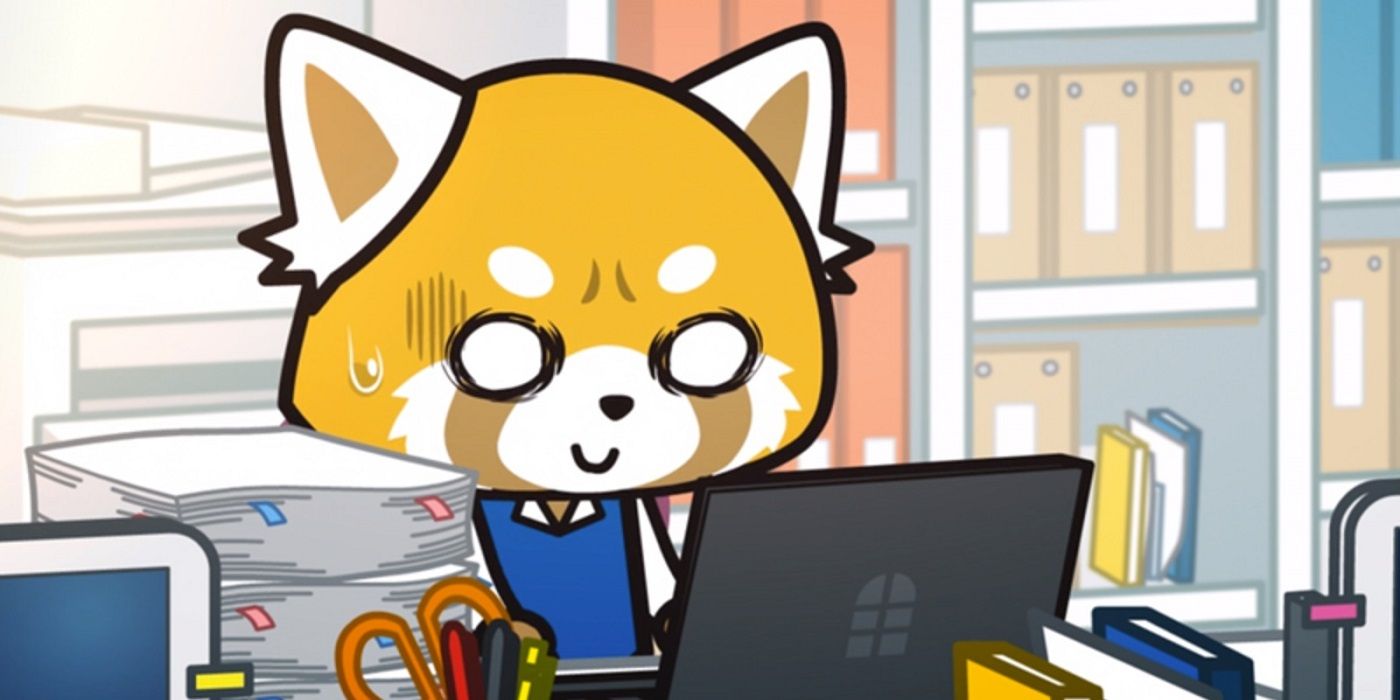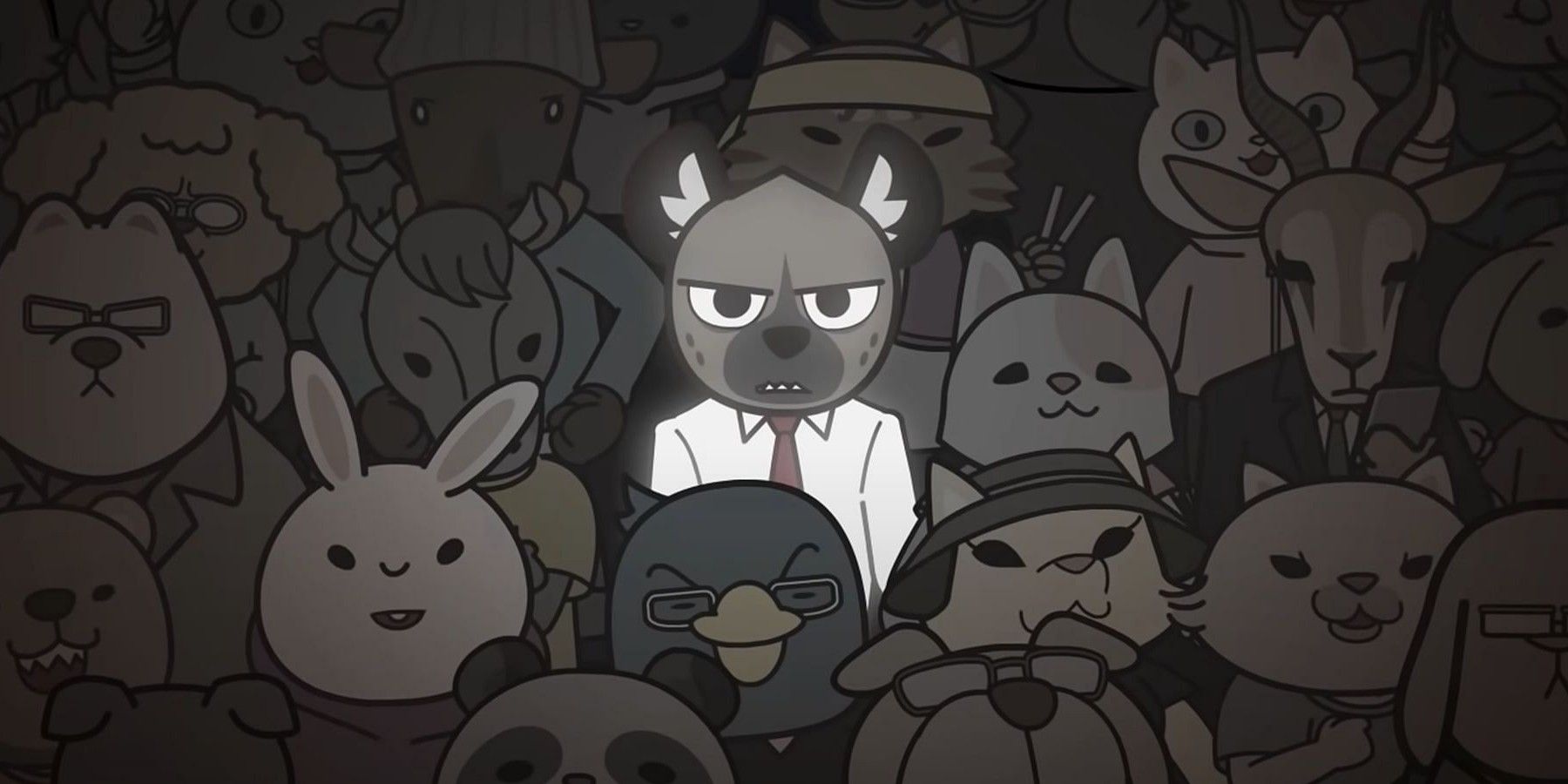Warning: This will contain spoilers for season 3 of Aggretsuko.
Shows that continue on longer than many thought they might often run into the problem of viewer drop-off. The repetition of themes, resolution of arcs, and many other factors can lead to shows needing to find new ways to retain viewers. While some do this by endlessly introducing new characters, many of even the lightest shows turn dark with time, and Aggretsuko is just one example of this. While there have always been some more serious moments, often leading to Retsuko metal-thrashing out her anger, the show starts off rather light and happy. Before too long, however, the show begins taking a darker turn and some later seasons have incredibly mature and dark storylines. How and why does a show that starts so light get so dark with time?
Aggretsuko stars Retsuko, a young, fresh-faced office worker excited to start her new adult life. However, things don’t always go as planned, and Retsuko often encounters things in her day-to-day life that makes her angrier and angrier. She is able to maintain a smiling, happy face even though these struggles by nightly going to a karaoke bar and screaming out death metal music.
How It Starts Light
Retsuko’s early days in the office are met with the expected struggles of freshly entering the corporate world, ranging from angry bosses to work rivals. These struggles get to Retsuko, but overall are nothing that she isn’t able to simply work through with some time and death metal. Many of these even have lighter resolutions, as the boss actually has a caring heart and the work rival isn’t just out to get Retsuko.
This beginning of the show helps viewers get invested with the characters, as the viewers get to see how these characters live day to day and deal with their problems. Many of these lighter moments are endearing. Starting too dark would simply turn some viewers off, and there are plenty of story threads about the world that can be played out.
Where It Gets Dark
As the seasons carry on, Retsuko seems to have dealt with many of her interpersonal problems. In the third season, things get rough for the Retsuko. She joins an underground idol group and soon finds that she has a stalker who isn’t a fan of how she has changed the group’s dynamic. This culminates in some very dark moments where the stalker tells her off for an extended period of time, her life is put in danger by him, and ultimately the stalker makes an attempt at her life.
This is obviously a different level from where the show had started. The dark turn was a shock to many, but it is often the natural progression for drama shows centered on the lives of one or more characters. Once the audience has become fully ingrained with the characters, many of the expected plot lines have been played out. The audience is either fully invested in the characters by this point, or they have stopped watching the show.
With this in mind, putting the characters in dark and/or depressing situations is often the logical next step. It allows the writers a chance to tell a dramatic and intricate story about characters to which the audience has already given a piece of their heart.
Other Examples
Other examples include some major series. Avatar: The Last Airbender for one starts somewhat dark, but later reaches some depths that couldn’t have been predicted at the beginning. Bloodbending, face-stealers, and more mark some dark later seasons for the show. In this particular example, the show became darker not only for the previously mentioned reasons but also as a way to show the maturing of the characters over the course of their journey. They’re getting into more serious encounters and dealing with them in a more grown-up manner.
Another general reason why shows go darker is often that after the major plot threads are played out, the show has nowhere to turn but inward for stories. This often comes in the form of characters having far more interpersonal than external struggles. This is when many shows will face character relationships breaking down and the dynamics among groups being shaken up. These moments can be hit or miss, as they affect the previous point of the audience being established with a core setup for the show. Shaking up what’s familiar can make it difficult to stay engaged.
Overall the decision to go darker in tone is often a natural progression for shows that don’t quite have every storyline planned out. The most common place this direction can be seen is with long-running series that have sometimes, not always, gone on long past when they should have stopped. While this doesn’t always necessarily mean a bad thing for the show, it can sometimes be a bad sign for a given show’s future. Many shows have taken these darker turns and run with them, however, and these points can sometimes be where fans point to when they say that a show turned excellent after a certain point.

